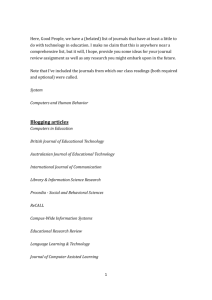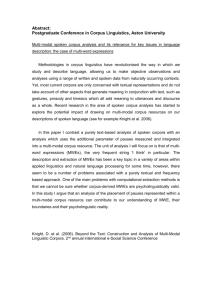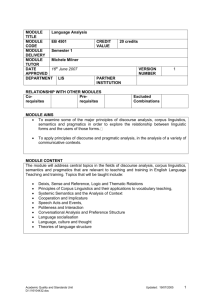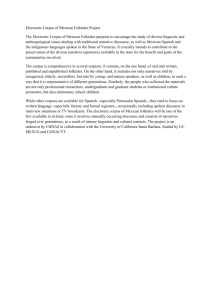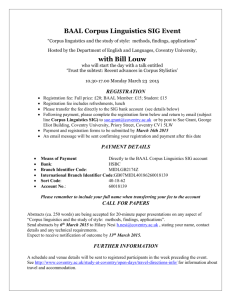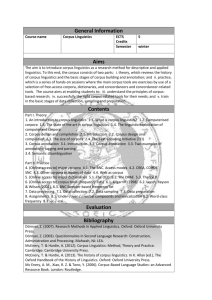Use of corpus linguistics for interdisciplinary research on legal
advertisement
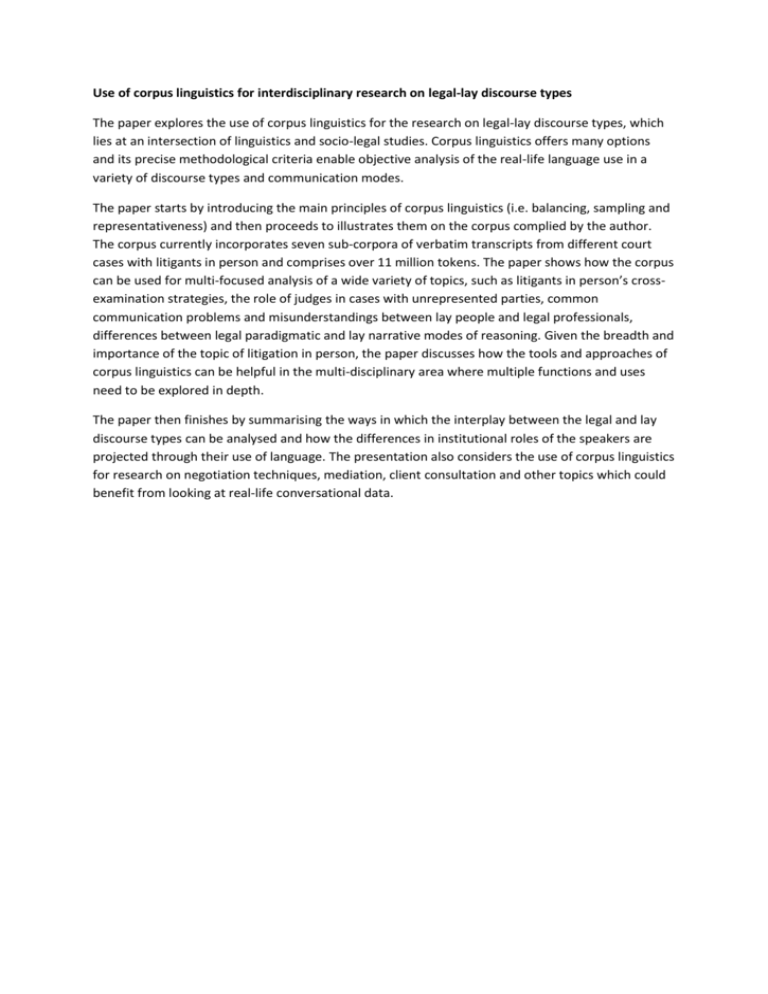
Use of corpus linguistics for interdisciplinary research on legal-lay discourse types The paper explores the use of corpus linguistics for the research on legal-lay discourse types, which lies at an intersection of linguistics and socio-legal studies. Corpus linguistics offers many options and its precise methodological criteria enable objective analysis of the real-life language use in a variety of discourse types and communication modes. The paper starts by introducing the main principles of corpus linguistics (i.e. balancing, sampling and representativeness) and then proceeds to illustrates them on the corpus complied by the author. The corpus currently incorporates seven sub-corpora of verbatim transcripts from different court cases with litigants in person and comprises over 11 million tokens. The paper shows how the corpus can be used for multi-focused analysis of a wide variety of topics, such as litigants in person’s crossexamination strategies, the role of judges in cases with unrepresented parties, common communication problems and misunderstandings between lay people and legal professionals, differences between legal paradigmatic and lay narrative modes of reasoning. Given the breadth and importance of the topic of litigation in person, the paper discusses how the tools and approaches of corpus linguistics can be helpful in the multi-disciplinary area where multiple functions and uses need to be explored in depth. The paper then finishes by summarising the ways in which the interplay between the legal and lay discourse types can be analysed and how the differences in institutional roles of the speakers are projected through their use of language. The presentation also considers the use of corpus linguistics for research on negotiation techniques, mediation, client consultation and other topics which could benefit from looking at real-life conversational data.

